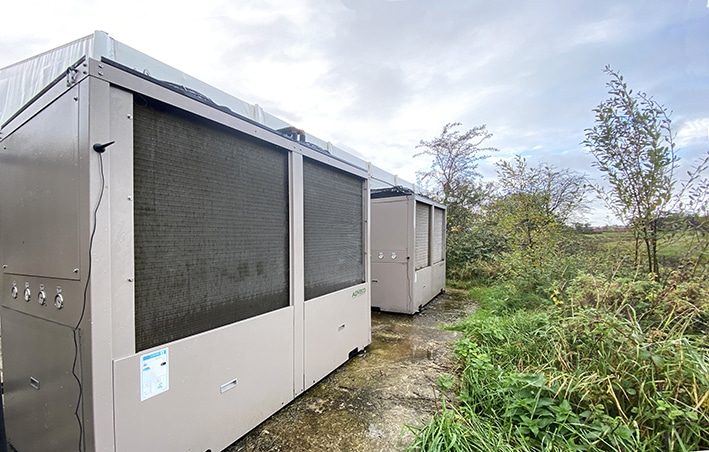Space To Develop Hot Water & Heating
How relocating heating and hot water systems in commercial buildings can drive real value from underutilised space… The most valuable asset any business or organisation has is space, space to grow, develop and drive advantage. Within the built environment the drive for more space is a balancing act between granting applicable and preferably comfortable space … Read more




















